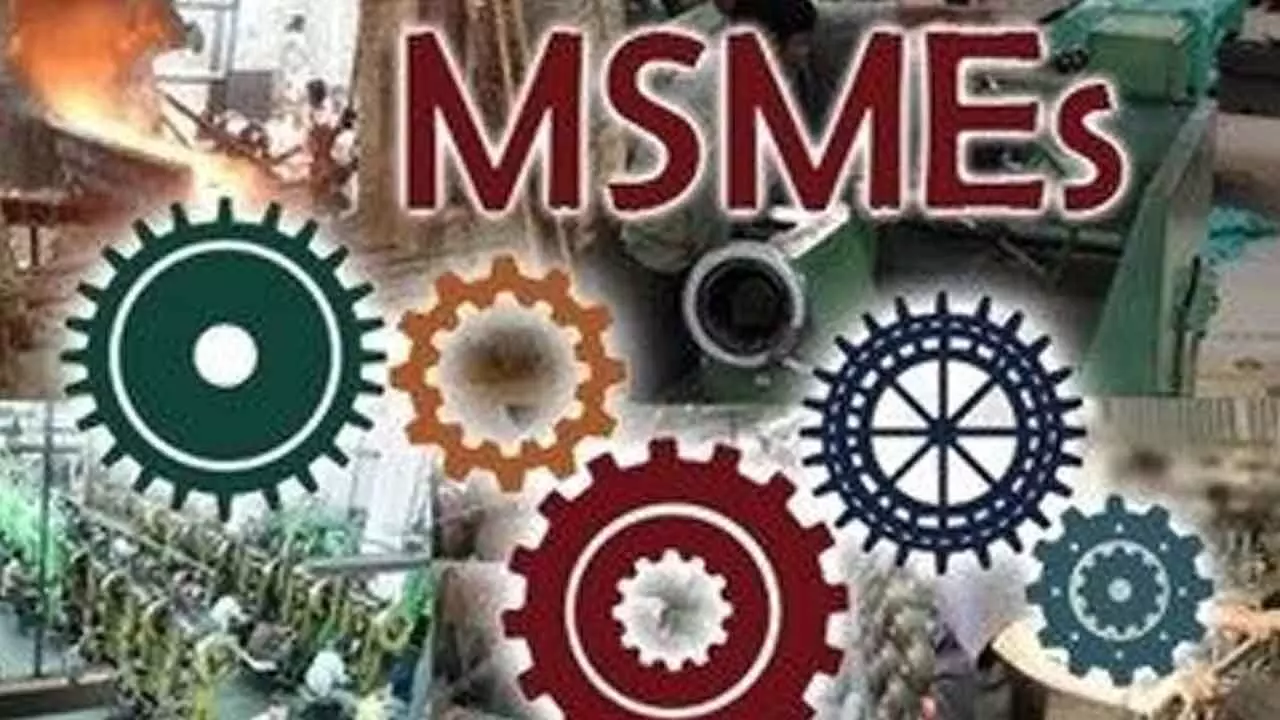How India’s MSME Criteria Have Shifted Through Decades
By raising investment and turnover thresholds in 2020 and again in 2025, policymakers have created a more flexible environment that accommodates scaling businesses without stripping them of critical benefits
How India’s MSME Criteria Have Shifted Through Decades

Small and Medium Enterprises (SMEs) are defined differently across the globe, with each country applying its own criteria and thresholds. For instance, the United States follows the Small Business Administration Act, while Europe, the United Kingdom, Germany, Malaysia, and Canada each have their own standards. In India, the journey began with the Industrial Policy of 1952, which recognized Small Scale Industries (SSIs). Over the years, these evolved into what are now referred to as Micro, Small and Medium Enterprises (MSMEs).
Introduction
MSMEs form the backbone of the Indian economy. They contribute significantly to employment generation, industrial production, and exports. To ensure targeted policy support and financial access, the Government of India periodically revises the criteria used to define and classify MSMEs.
MSMEs in the pre-2006 era
Prior to the enactment of the Micro, Small and Medium Enterprises Development (MSMED) Act, 2006, there was no unified legal framework for MSMEs. Classification was broadly done under the Industries (Development and Regulation) Act, 1951 and through the Small Scale Industries (SSI) scheme.
MSMED Act, 2006
The MSMED Act, which came into effect on October 2, 2006, provided a legal definition of MSMEs and divided them into two categories: manufacturing and service enterprises. The classification was based solely on investment levels.
Manufacturing enterprises:
l Micro: Investment up to Rs 25 lakh
l Small: Investment above Rs 25 lakh and up to Rs 5 crore
l Medium: Investment above Rs 5 crore and up to Rs 10 crore Service Enterprises:
l Micro: Investment up to Rs 10 lakh
l Small: Investment above Rs 10 lakh and up to Rs 2 crore
l Medium: Investment above Rs 2 crore and up to Rs 5 crore
These definitions remained unchanged for nearly 14 years.
Reforms under Aatmanirbhar Bharat – 2020
On May 13, 2020, as part of the Aatmanirbhar Bharat Abhiyan, the government revised the MSME definitions to:
l Eliminate the distinction between manufacturing and services
l Increase investment and turnover limits
l Enable a broader set of enterprises to access government support
New composite criteria
(effective July 1, 2020)
l Micro: Investment up to Rs 1 crore and turnover up to Rs 5 crore
l Small: Investment up to Rs 10 crore and turnover up to Rs 50 crore
l Medium: Investment up to Rs 50 crore and turnover up to Rs 250 crore
The revised criteria applied uniformly to all enterprises, required meeting both investment and turnover thresholds, and were based on self-declaration through the new Udyam Registration system. This portal is paperless, linked to PAN and GSTIN, and facilitates real-time classification using tax data.
Post-2020 developments
l Export turnover was excluded from the turnover cap to incentivize exports.
l A periodic review mechanism was introduced to allow reclassification.
l Financial institutions received guidelines to promote credit flow to MSMEs under the revised framework.
Revised classification –
effective April 1, 2025
To account for inflation and business growth, the government again revised the MSME thresholds in the Union Budget 2025–26.
Updated MSME criteria
l Micro: Investment up to Rs 2.5 crore and turnover up to Rs 10 crore
l Small: Investment up to Rs 25 crore and turnover up to Rs 100 crore
l Medium: Investment up to Rs 125 crore and turnover up to Rs 500 crore
This update represents a 2.5-fold increase in investment limits and a twofold increase in turnover thresholds compared to the 2020 definitions.
Implications for MSMEs
The expanded criteria allow MSMEs more room to grow without losing benefits. This provides a longer runway for businesses to scale, enhances access to capital, and supports the adoption of advanced technologies and infrastructure. The changes also bring India’s MSME classification closer in alignment with global standards and provide dynamic support for growing enterprises.
SME definition
matrix: 2006 – 2025
A global perspective
Despite these reforms, integrating India’s MSMEs with the global SME ecosystem remains complex due to differing definitions and economic structures. It is unlikely that Indian MSMEs, as currently defined, can fully align with global SMEs.
Need for structural
differentiation
Given the diversity of enterprise sizes and roles in India, experts suggest introducing separate legal frameworks:
l Nano enterprises (investment below Rs 50 lakh) should be recognized as a distinct category due to their role in innovation and grassroots entrepreneurship.
l Medium enterprises could be governed by a separate Act, while another could cover micro and small enterprises collectively.
Such tailored legislation could ensure more precise and effective policy interventions for different business sizes.
(The author is an economist and risk management specialist and former Dean of Studies, ASCI, Hyderabad)

